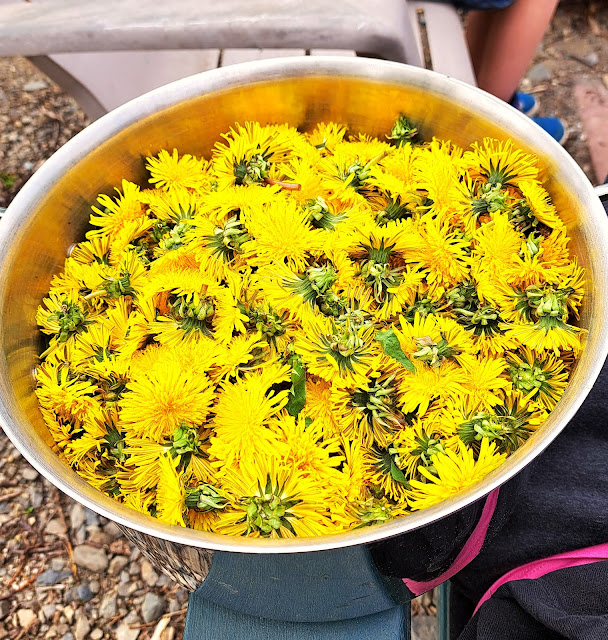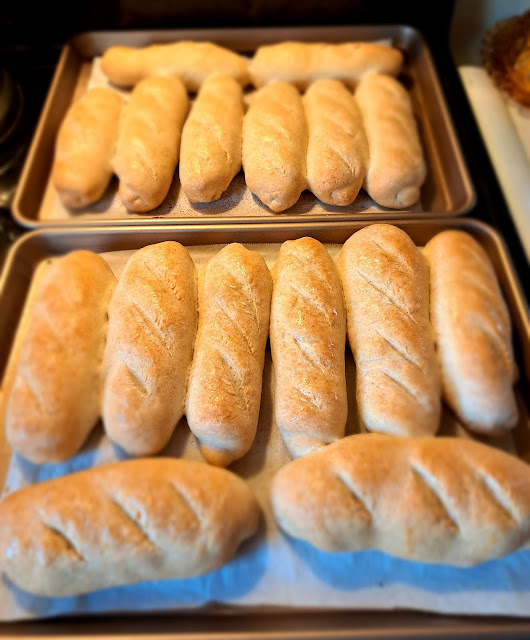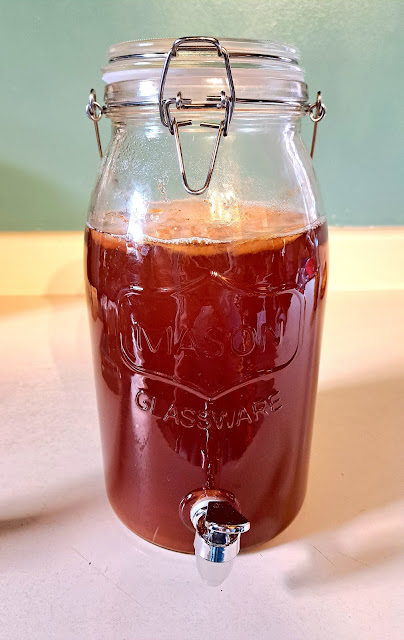Most Common Types of Salt: Where they come from and when to use them.
1. Table salt
Think "Mortons" with the little girl with an umbrella. Most US table salts contain iodine and anti-caking agents. This is a highly processed salt that has most of the minerals removed. This salt can be used (obviously) in table sprinklers, cooking, and baked goods. You would NOT use this for pickling, fermenting, making brine or curing. The added chemicals can cloud your brine and potentially create an off flavor. "Table salt" is typically mined from underground deposits.
Why add iodine? Because in the 1920's, goiters were a significant health problem. This is an irregular growth of the thyroid gland, which is located at the base of the neck, and often caused by iodine deficiency. In 1924 salt began being sold with iodine added.
2. Sea Salt
Traditionally speaking, Sea Salt is made from evaporating salty sea water. This most often is done in areas where the weather is warm and sunny. Although, in the US, the "sea salt" might not come from a sea that is still around. Technically, all salt at one point came from the sea - sometimes it is a sea that evaporated long ago leaving it's salt behind. There are FDA purity requirements that need to be met, and if this is the case, it can be called Sea Salt. Sea salt can be found in many different colors depending on the clay, minerals and algae inside it. Sea salt can be used for pickling and fermenting, but can vary in saltiness and minerals. Sea salt may take longer to pickle and has the potential to add some cloudiness to the brine, depending on the minerals inside the salt. Sea salt can be substituted for table salt and used in recipes. Keep in mind that it does come in different size grains. The smaller the grain, the easier it is to dissolve. Standard Sea Salt does not have added chemicals such as iodine or anti-caking agents.
3. Kosher salt
4. Himalayan Pink Salt
This is another edible table salt. It is mined in the Punjab region of Pakistan. It has the same sodium content as regular salts, and contains natural minerals that cause it to be pink. As far as health benefits, from what I can find, the additional minerals in Himalayan Salt are so minor that the amount of salt one would have to consume would outweigh the benefit. It is also quite a bit more expensive than that of sea salt or kosher salt. In my opinion, it is worth it if you want pretty salt to accompany a dish, but otherwise Kosher or Sea salt is a better choice. That being said, it can be used for brines, pickles, seasoning and cooking.
5. Pickling Salt
For me, this is where my salt journey began. I was uncertain about which salts I could use in my pickles, and ferments. Simply put, pickling salt is just plain, pure salt (sodium chloride). It does not have additives like iodine, or anti-caking agents that can make a brine cloudy. It is also a fine grain, so it dissolves quickly. As the name implies, this is the best salt for pickling.
6. Epsom Salt
Okay - I know this is not a typical "salt". It's chemical compound is different (magnesium sulfate), but is a "salt" because of it's structure. Technically, Epsom salt is editable, but it tastes horrible and is used as a laxative. More commonly Epsom salts are dissolved into a bath to help with sore muscles or used in beauty products.















Comments
Post a Comment